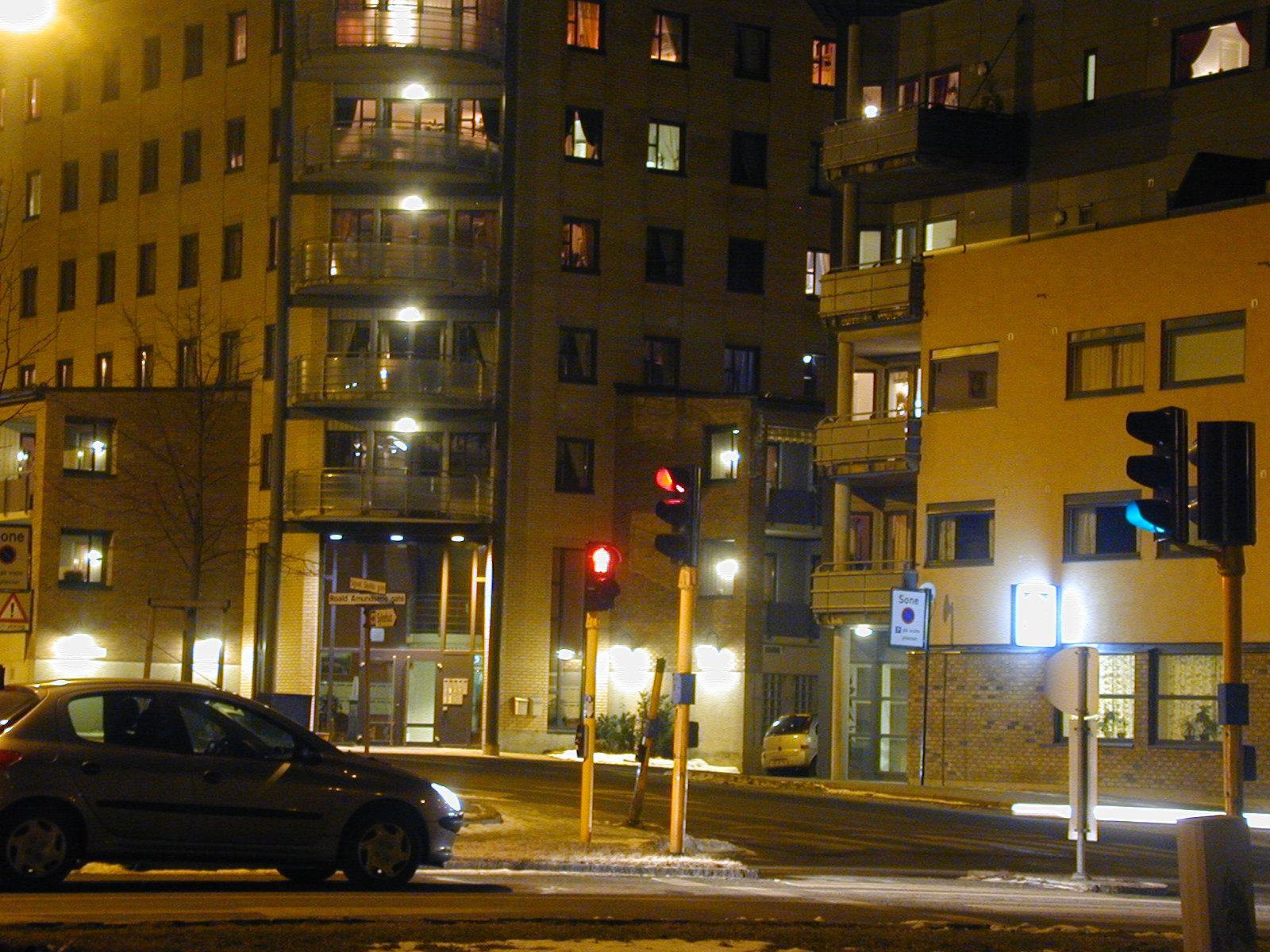|
Hallvard Gunnarssøn
Hallvard Gunnarssøn (c.1550 – 1608) was a Norwegian educator and author. Gunnarsson was born at Sarpsborg in Østfold. He was a pupil at the Oslo Cathedral School and later was a student at the University of Rostock. He was enrolled in 1566 and took his magister degree in 1572. Later he also studied in Wittenberg. He lectured at the Oslo Cathedral School from 1577 until his death in 1608. Among his theological works is ''Isagoge'', a shortened version of the Bible written in Latin Latin (, or , ) is a classical language belonging to the Italic branch of the Indo-European languages. Latin was originally a dialect spoken in the lower Tiber area (then known as Latium) around present-day Rome, but through the power of the ... hexameter style. Other works are ' and '. He published several historical works written in Latin verses. His translation of a quiz book by the German priest Michael Saxe, first published in 1602, became very popular and was reissued several ... [...More Info...] [...Related Items...] OR: [Wikipedia] [Google] [Baidu] |
Sarpsborg
Sarpsborg ( or ), historically Borg, is a city and municipality in Viken county, Norway. The administrative centre of the municipality is the city of Sarpsborg. Sarpsborg is part of the fifth largest urban area in Norway when paired with neighbouring Fredrikstad. As of 1 January 2018, according to Statistics Norway these two municipalities have a total population of 136,127 with 55,840 in Sarpsborg and 81,278 in Fredrikstad. Borregaard Industries is, and always has been, the most important industry in the city. The city is also the home of Borg Bryggerier, part of the Hansa Borg Bryggerier, which is Norway's second largest brewery-group. General information Name In Norse times the city was just called ''Borg'' (from ''borg'' which means " castle"). The background for this was the fortification built by Olav Haraldsson (see History section). Later the genitive case of the name of the waterfall ''Sarpr'' ( Sarp Falls) was added, it's unclear how Sarpsborg received thi ... [...More Info...] [...Related Items...] OR: [Wikipedia] [Google] [Baidu] |
Year Of Birth Unknown
A year or annus is the orbital period of a planetary body, for example, the Earth, moving in its orbit around the Sun. Due to the Earth's axial tilt, the course of a year sees the passing of the seasons, marked by change in weather, the hours of daylight, and, consequently, vegetation and soil fertility. In temperate and subpolar regions around the planet, four seasons are generally recognized: spring, summer, autumn and winter. In tropical and subtropical regions, several geographical sectors do not present defined seasons; but in the seasonal tropics, the annual wet and dry seasons are recognized and tracked. A calendar year is an approximation of the number of days of the Earth's orbital period, as counted in a given calendar. The Gregorian calendar, or modern calendar, presents its calendar year to be either a common year of 365 days or a leap year of 366 days, as do the Julian calendars. For the Gregorian calendar, the average length of the calendar year ( ... [...More Info...] [...Related Items...] OR: [Wikipedia] [Google] [Baidu] |
16th-century Norwegian Writers
The 16th century begins with the Julian year 1501 ( MDI) and ends with either the Julian or the Gregorian year 1600 ( MDC) (depending on the reckoning used; the Gregorian calendar introduced a lapse of 10 days in October 1582). The 16th century is regarded by historians as the century which saw the rise of Western civilization and the Islamic gunpowder empires. The Renaissance in Italy and Europe saw the emergence of important artists, authors and scientists, and led to the foundation of important subjects which include accounting and political science. Copernicus proposed the heliocentric universe, which was met with strong resistance, and Tycho Brahe refuted the theory of celestial spheres through observational measurement of the 1572 appearance of a Milky Way supernova. These events directly challenged the long-held notion of an immutable universe supported by Ptolemy and Aristotle, and led to major revolutions in astronomy and science. Galileo Galilei became a champion o ... [...More Info...] [...Related Items...] OR: [Wikipedia] [Google] [Baidu] |


